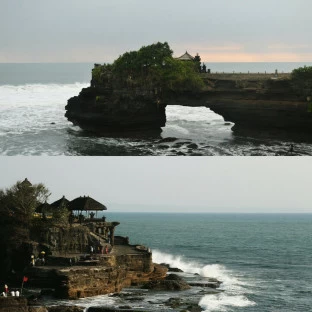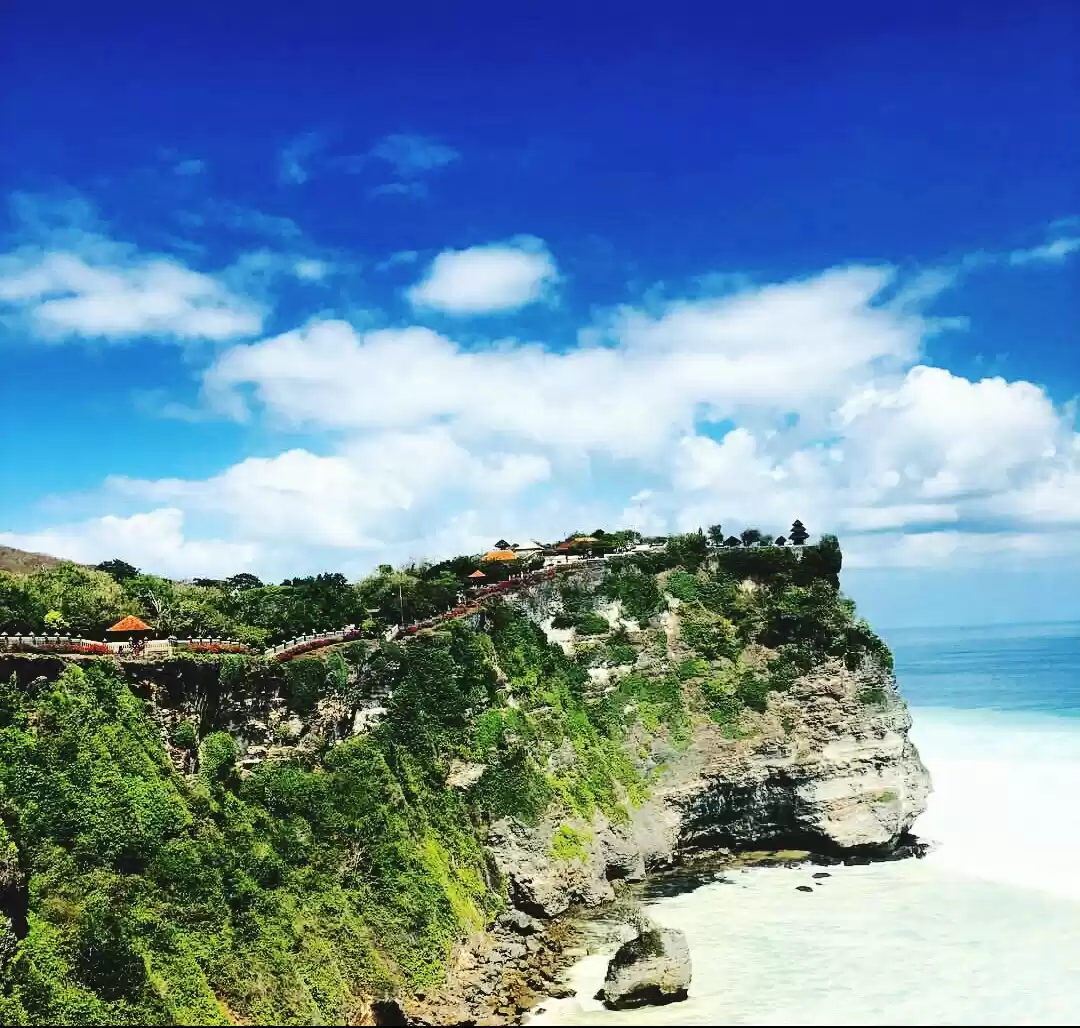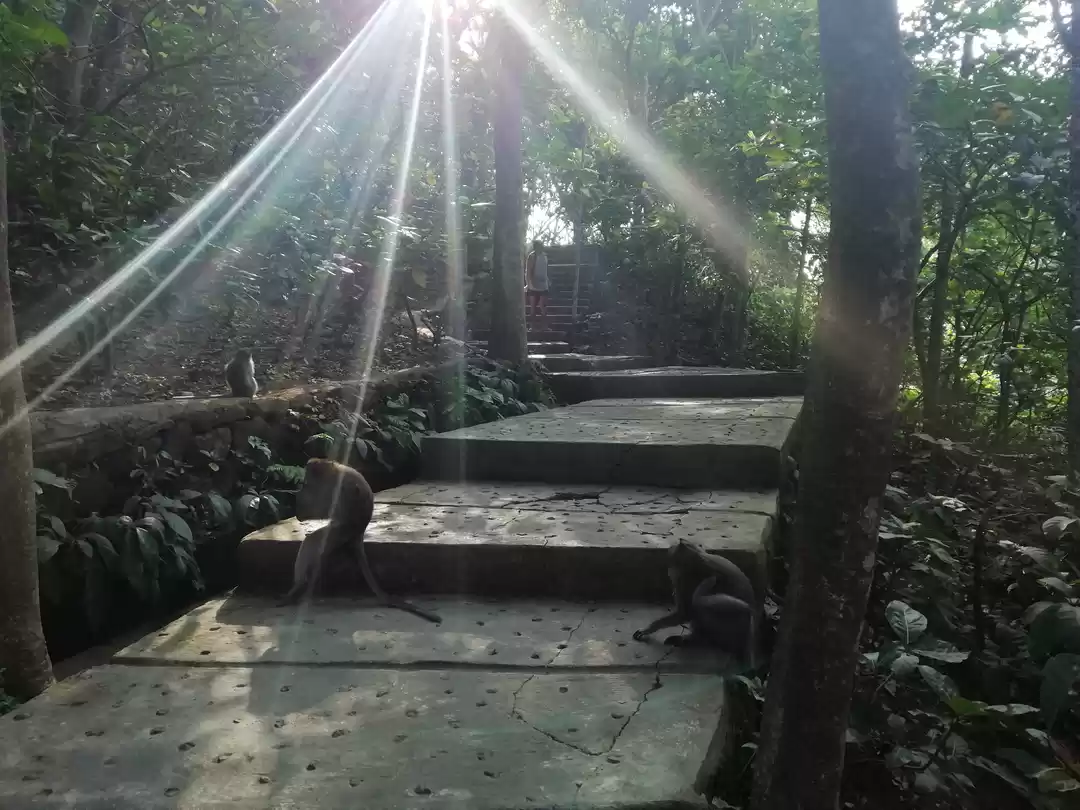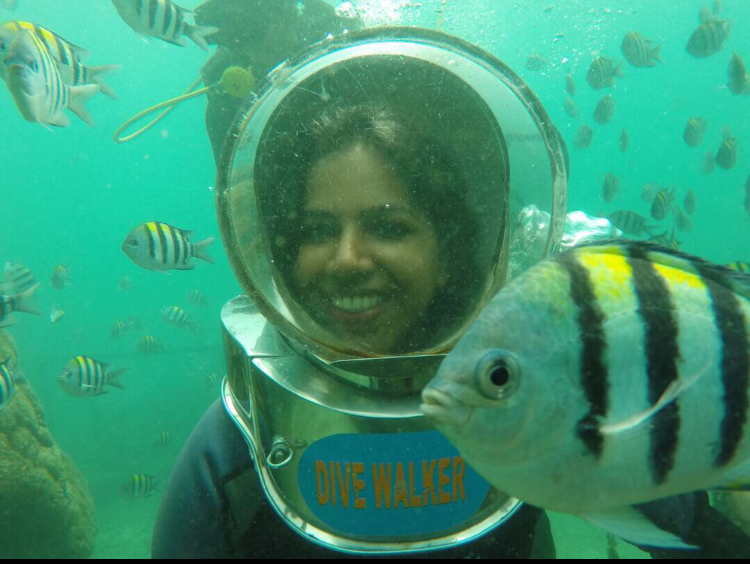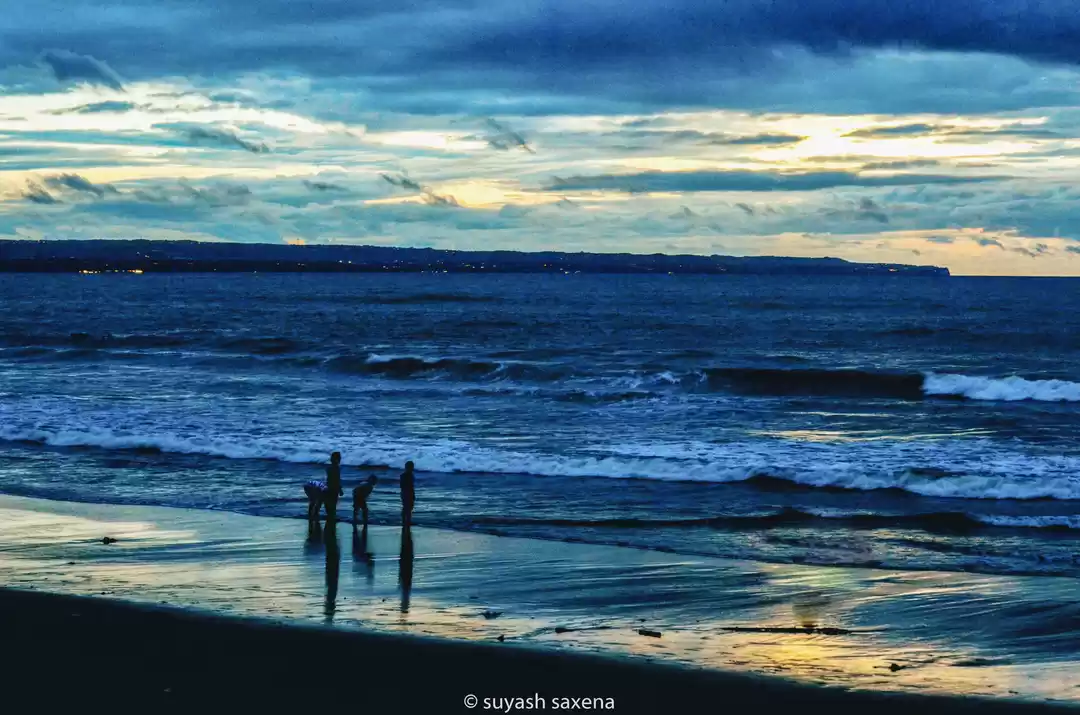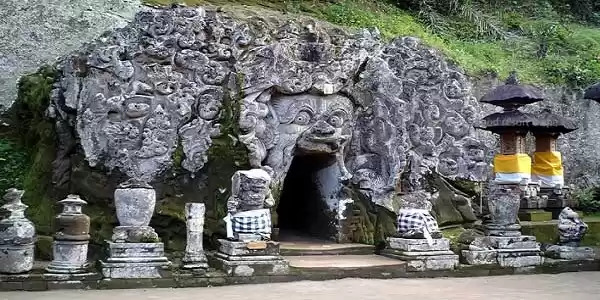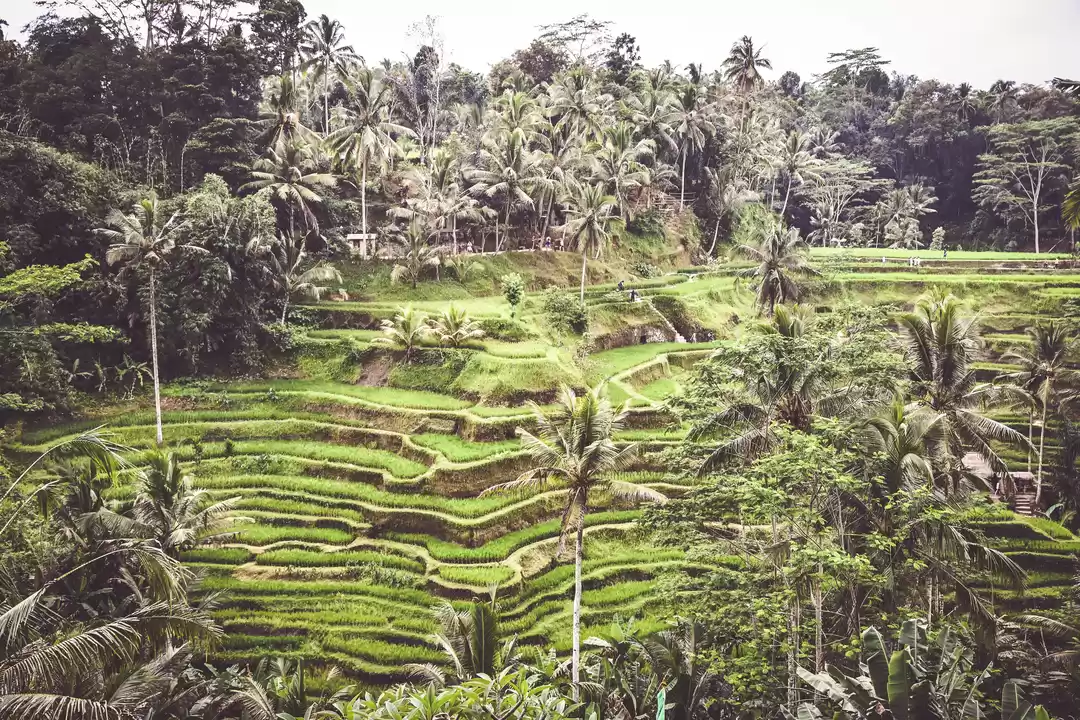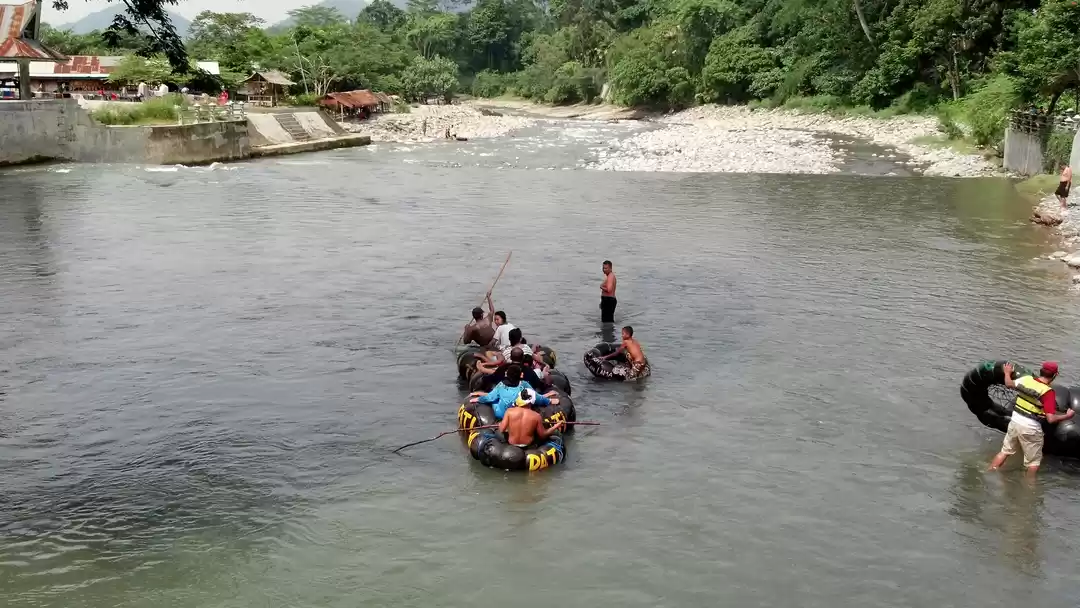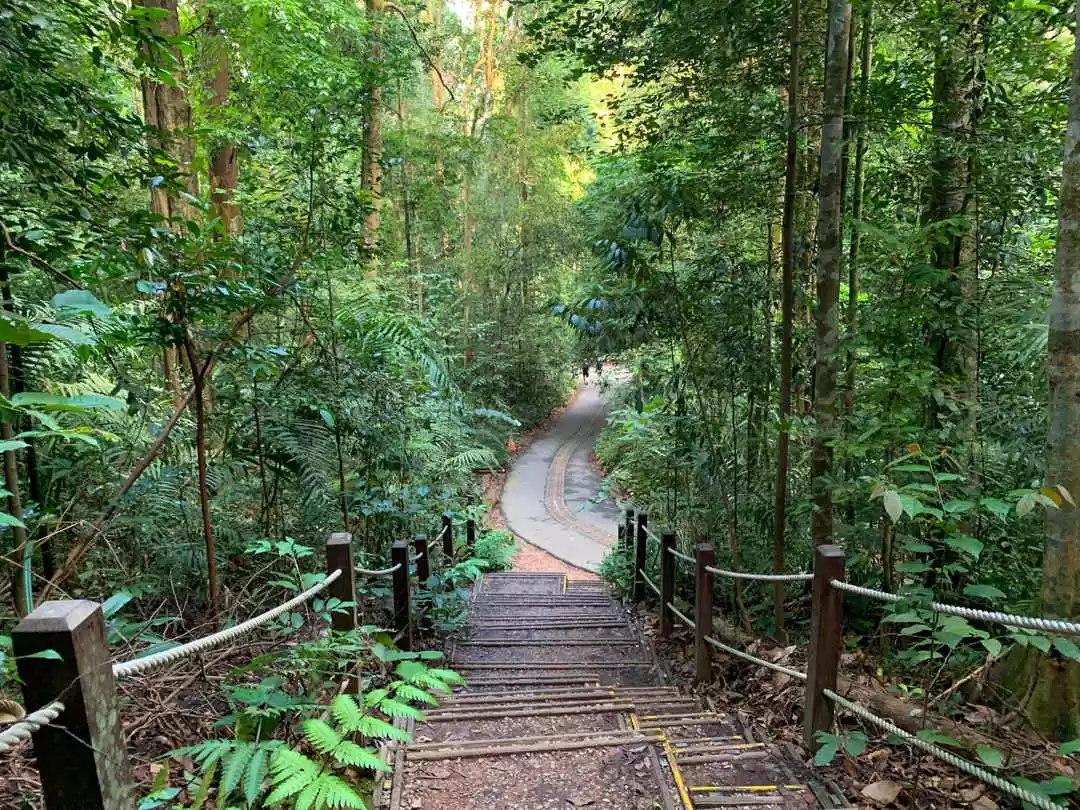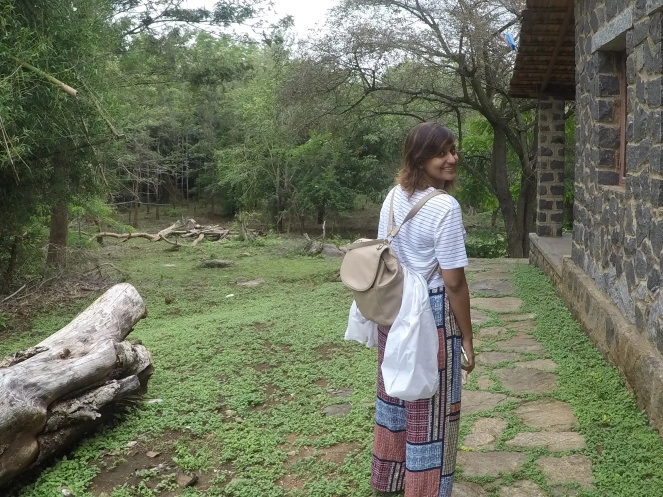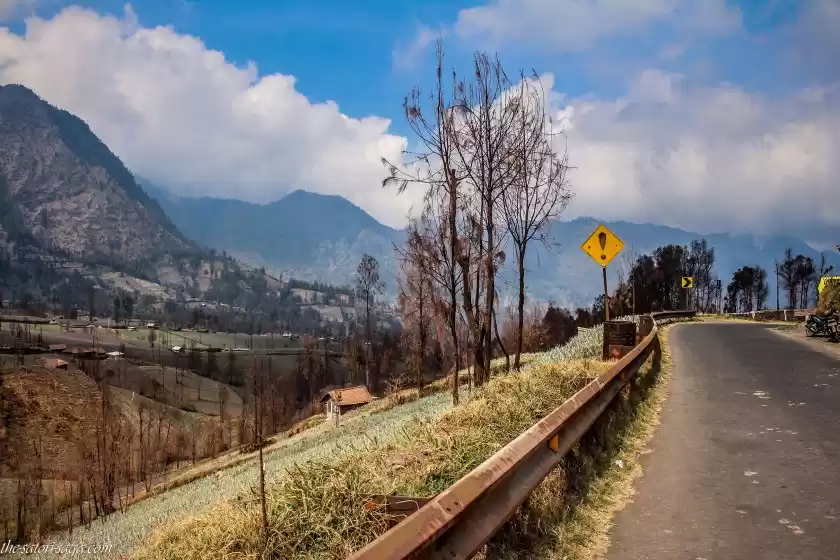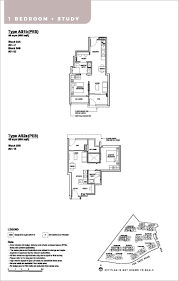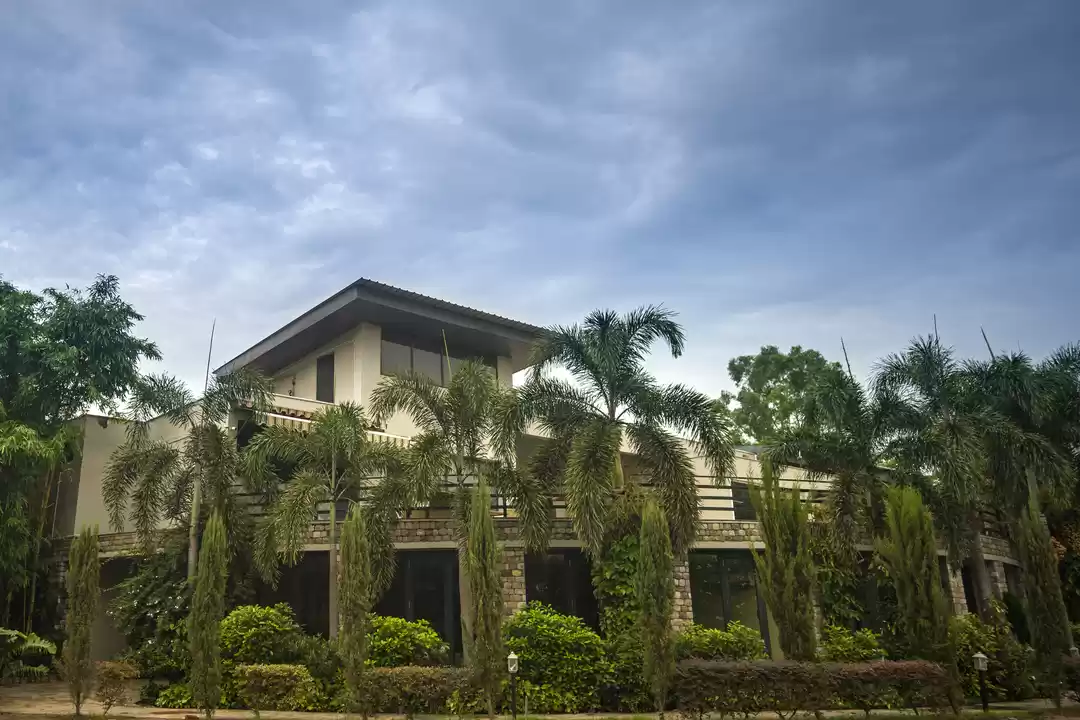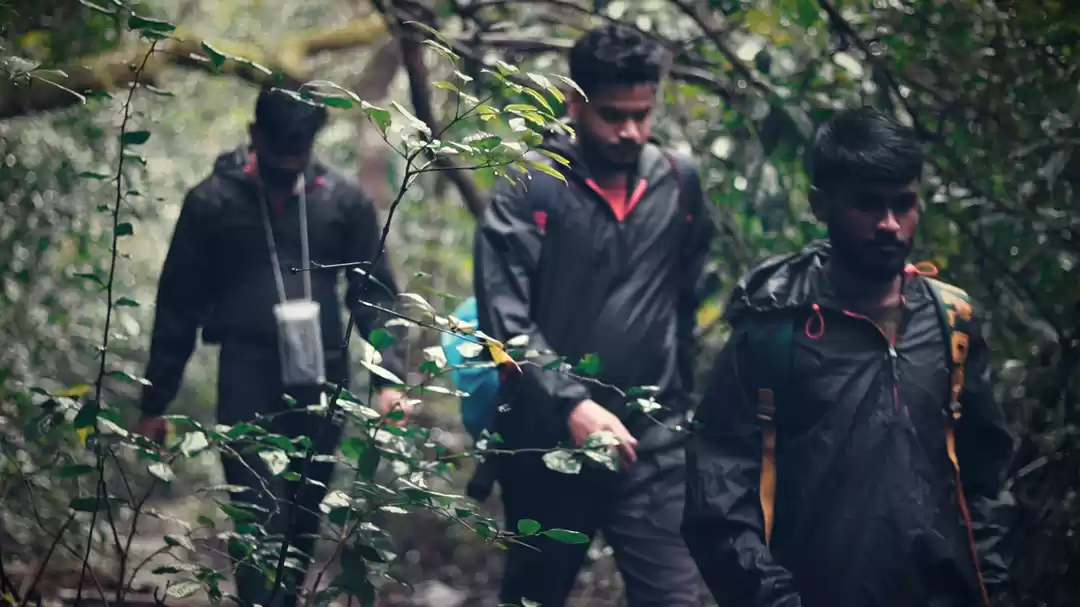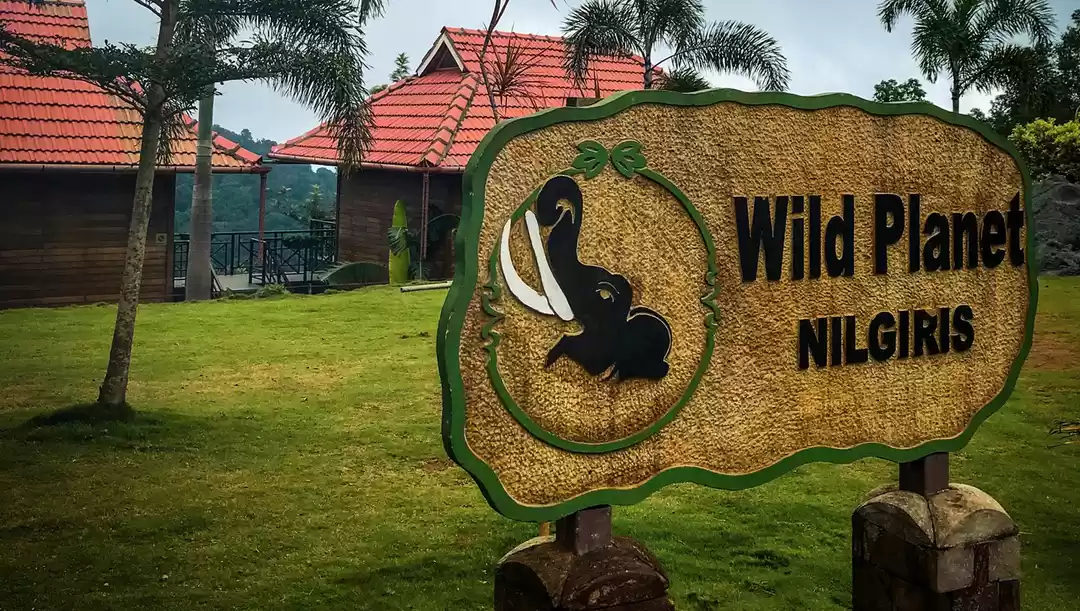If you are looking for a place where you can experience the beauty and diversity of nature, the thrill and challenge of adventure, and the culture and history of Sumatra, then Bukit Lawang is the perfect destination for you.
Bukit Lawang is a small village located on the edge of the Gunung Leuser National Park, one of the largest and most biodiverse rainforests in the world. It is also home to the endangered Sumatran orangutans, which you can see in their natural habitat or at the rehabilitation center.
In this guide, you will learn everything you need to know about visiting Bukit Lawang, including how to see orangutans, how to explore the jungle, and how to enjoy other attractions. You will also find useful information on how to get there, when to go, where to stay, and what to pack.
Whether you are traveling solo, with your partner, with your family, or with your friends, Bukit Lawang will offer you an unforgettable and rewarding experience. So, what are you waiting for? Book your trip to Bukit Lawang today and get ready for the adventure of a lifetime.
How to See Orangutans in Bukit Lawang
One of the main reasons why people visit Bukit Lawang is to see the orangutans, the gentle and intelligent primates that share 97% of their DNA with humans. Bukit Lawang is one of the few places in the world where you can see them in the wild or at the rehabilitation center, where they are cared for and prepared for their return to the forest.
The Orangutan Rehabilitation Center
The orangutan rehabilitation center was established in 1973 by a Swiss organization, in collaboration with the Indonesian government, to rescue, rehabilitate, and release orangutans that were orphaned, injured, or kept as pets. Since then, the center has successfully reintroduced more than 200 orangutans to the wild, and continues to monitor and protect them.
The center is located about 3 km from the village, and you can reach it by walking along the river or by taking a motorbike taxi. The entrance fee is 50,000 IDR (about 3.5 USD) per person, and it is open from 8 am to 4 pm.
At the center, you can learn more about the orangutans and their conservation, and see some of the rescued orangutans that are still undergoing rehabilitation. You can also visit the feeding platform, where you can watch the semi-wild orangutans come down from the trees to receive supplementary food from the rangers.
The Orangutan Feeding Platform
The feeding platform is where the semi-wild orangutans, who have been released from the center but are still dependent on human support, come to get extra food twice a day, at 8:30 am and 3 pm. The feeding sessions last for about an hour, and you can watch them from a distance of about 20 meters.
The feeding platform is a great opportunity to see the orangutans up close and observe their behavior and interactions. You can also take amazing photos and videos of them, as they swing, climb, and play on the branches.
The Wild Orangutans in the Jungle
If you want to see the wild orangutans, who live freely and independently in the jungle, you will need to join a jungle trekking tour, which we will discuss in the next section. The wild orangutans are more elusive and unpredictable than the semi-wild ones, and they may not show up at all.
However, if you are lucky, you may encounter them in their natural habitat, and witness their amazing skills and adaptations. You may also see other members of their family or group, such as the dominant male, the mother, or the baby.
How to Explore the Jungle in Bukit Lawang
Another reason why people visit Bukit Lawang is to explore the jungle, which is part of the Gunung Leuser National Park, a UNESCO World Heritage Site that covers more than 9,000 square kilometers of tropical rainforest. The jungle is home to more than 300 species of birds, 200 species of mammals, and 10,000 species of plants, making it one of the most biodiverse and rich ecosystems on the planet.

The Jungle Trekking Options and Packages
The best way to explore the jungle is to join a jungle trekking tour, which will take you on an adventure through the forest, where you can see the wildlife, the plants, and the landscapes. There are different options and packages for jungle trekking in Bukit Lawang, ranging from half-day to multi-day tours, and the highlights and challenges of each are:
Half-day tour: This is the shortest and easiest option, suitable for beginners or those who have limited time. The tour lasts for about 4 hours, and covers a distance of about 6 km. You will have a chance to see some of the wildlife, such as monkeys, gibbons, and hornbills, and some of the plants, such as rafflesia, the largest flower in the world, and durian, the smelliest fruit in the world. The tour costs about 300,000 IDR (about 21 USD) per person, and includes a guide, a snack, and a water bottle.
Full-day tour: This is the most popular and recommended option, suitable for intermediate or experienced trekkers, or those who want to see more of the jungle. The tour lasts for about 8 hours, and covers a distance of about 12 km. You will have a higher chance to see some of the wildlife, especially the orangutans, and some of the plants, such as orchids, ferns, and bamboo. You will also have a picnic lunch in the jungle, and a rafting or tubing ride back to the village. The tour costs about 600,000 IDR (about 42 USD) per person, and includes a guide, a lunch, a water bottle, and a rafting or tubing ticket.
Multi-day tour: This is the most adventurous and challenging option, suitable for advanced or adventurous trekkers, or those who want to immerse themselves in the jungle. The tour lasts for 2 to 5 days, and covers a distance of about 20 to 50 km. You will have the best chance to see some of the wildlife, including some of the rare and endangered ones, such as elephants, tigers, and rhinos, and some of the plants, such as medicinal herbs, spices, and fruits. You will also have a camping experience in the jungle, where you will sleep in a tent or a hammock, and eat meals cooked by your guide. The tour costs about 1,000,000 IDR (about 70 USD) per person per day, and includes a guide, a tent or a hammock, a sleeping bag, a mattress, a pillow, a blanket, meals, water bottles, and a rafting or tubing ticket.
To book a jungle trekking tour, you can contact one of the many local agencies or guides in the village, or online. You should book in advance, especially during the peak season, which is from June to September. You should also check the reviews and ratings of the agencies or guides, and make sure they are licensed and certified by the national park authority.
The Jungle Trekking Guides and Services
The jungle trekking guides are essential for a safe and enjoyable jungle trekking experience, as they know the trails, the wildlife, and the plants, and they can help you with everything you need. They are also friendly, funny, and knowledgeable, and they can make your trip more fun and memorable.
The jungle trekking guides are usually locals who have grown up in or around the jungle, and they have received training and certification from the national park authority. They have also formed a cooperative, called the Bukit Lawang Guide Association, which regulates and monitors their services and standards.
The Jungle Trekking Tips and Advice
To make the most of your jungle trekking experience, you should follow some practical and useful tips and advice, such as:
What to pack: You should pack light and smart, and bring only the essentials, such as:
A backpack or a daypack that is comfortable and waterproof
A pair of hiking shoes or boots that are sturdy and breathable
A set of clothes that are quick-drying and suitable for the weather, such as a t-shirt, shorts, pants, and a jacket
A hat, sunglasses, and sunscreen to protect yourself from the sun
A raincoat or a poncho to protect yourself from the rain
A flashlight or a headlamp to see in the dark
A camera or a phone to capture the moments
A water bottle or a hydration pack to stay hydrated
A snack or a energy bar to stay energized
A personal hygiene kit, such as a toothbrush, toothpaste, soap, and towel
A personal medication kit, such as a painkiller, an antihistamine, and a band-aid
A mosquito repellent or a net to avoid the bites
A plastic bag or a ziplock bag to store your trash or your wet clothes
What to wear: You should wear clothes and shoes that are comfortable and appropriate for the jungle, such as:
A t-shirt or a long-sleeved shirt that is made of cotton or synthetic material, and that covers your shoulders and arms
A pair of shorts or pants that are made of cotton or synthetic material, and that covers your legs and ankles
A pair of socks that are made of wool or synthetic material, and that are thick and durable
A pair of hiking shoes or boots that are made of leather or synthetic material, and that have good grip and support
A hat or a cap that is made of cotton or synthetic material, and that has a brim or a visor
A pair of sunglasses that are made of plastic or metal, and that have UV protection and polarized lenses
What to bring: You should bring some items that are useful and necessary for the jungle, such as:
A water bottle or a hydration pack that is made of plastic or metal, and that has a capacity of at least 1 liter
A snack or a energy bar that is made of nuts, fruits, or grains, and that has a high calorie and protein content
A camera or a phone that is made of plastic or metal, and that has a good battery and memory capacity
A flashlight or a headlamp that is made of plastic or metal, and that has a bright and long-lasting light
A raincoat or a poncho that is made of plastic or nylon, and that has a hood and a zipper
A mosquito repellent or a net that is made of chemical or natural ingredients, and that has a strong and lasting effect
What to avoid: You should avoid some things that are harmful or dangerous for the jungle, such as:
Wearing bright colors or perfume, as this may attract or repel the wildlife
Littering or leaving any food or belongings behind, as this may harm or tempt the wildlife
Feeding or touching the wildlife, as this may disturb or endanger them
Straying or wandering from the trail or the group, as this may get you lost or injured
Making loud noises or flash, as this may scare or annoy the wildlife
How to Enjoy the Other Attractions in Bukit Lawang
Besides seeing the orangutans and exploring the jungle, there are many other attractions and activities that you can enjoy in and around Bukit Lawang, such as rafting, caving, visiting local villages, or exploring nearby destinations. Here are some of the best ones that you should not miss:
The River Rafting and Tubing
If you are looking for some fun and exhilarating activities, you should try the river rafting and tubing in Bukit Lawang, where you can float down the Bohorok River on rubber tubes or inflatable boats, and enjoy the scenic views of the jungle and the village.
The river rafting and tubing are usually included in the jungle trekking tours, as a way to return to the village after the trek. However, you can also book them separately, if you want to do them more than once, or if you do not want to do the jungle trekking.

The river rafting and tubing are suitable for all ages and levels, as the river is calm and shallow, and the guides are experienced and professional. The river rafting and tubing last for about an hour, and cover a distance of about 9 km. The river rafting and tubing cost about 100,000 IDR (about 7 USD) per person, and include a guide, a tube or a boat, a life jacket, and a helmet.
The river rafting and tubing are a great way to cool off and relax after the jungle trekking, and to have some fun and laughter with your friends or family. You can also see some of the wildlife and plants along the river, such as monkeys, birds, and flowers.
The Bat Cave and the Landak River
If you are looking for some mysterious and adventurous attractions, you should visit the bat cave and the Landak River in Bukit Lawang, where you can explore the dark and damp cave that is home to thousands of bats, and swim in the clear and refreshing river that is surrounded by limestone cliffs.

The bat cave and the Landak River are located about 2 km from the village, and you can reach them by walking along the river or by taking a motorbike taxi. The entrance fee is 10,000 IDR (about 0.7 USD) per person, and it is open from 8 am to 4 pm.
At the bat cave, you can enter the cave with a guide and a flashlight, and see the bats hanging from the ceiling or flying around. You can also see some of the stalactites and stalagmites that have formed over millions of years, and some of the insects and spiders that live in the cave. The bat cave is a fascinating and spooky place, and you can learn more about the bats and their ecology, and how they are important for the ecosystem.
At the Landak River, you can swim in the river with a guide and a life jacket, and enjoy the cool and clean water. You can also see some of the fish and plants that live in the river, and some of the limestone formations that have shaped the river. The Landak River is a beautiful and relaxing place, and you can have some fun and refreshment in the water.
The Local Villages and the Nearby Destinations
If you are looking for some cultural and historical attractions, you should visit the local villages and the nearby destinations in Bukit Lawang, where you can learn more about the life and traditions of the people who live in and around the jungle, and visit some of the other natural and man-made wonders of Sumatra.
The local villages and the nearby destinations are located within a few hours drive from Bukit Lawang, and you can reach them by hiring a car or a driver, or by joining a tour. The prices and timings vary depending on the destination and the service, and you should check them before you go.

Bukit Lawang is a destination that will appeal to anyone who loves nature and adventure. It offers a unique and unforgettable opportunity to see the orangutans, explore the jungle, and enjoy other attractions. It also offers a chance to learn more about the Sumatran culture and history, and to support the conservation and development of the area.
If you are ready to book your trip to Bukit Lawang, you can visit our website or contact us for more information and details. We are a trusted and experienced travel agency that specializes in Bukit Lawang and Sumatra, and we can help you plan and arrange your trip according to your preferences and budget.
We hope you enjoyed this guide, and we hope to see you soon in Bukit Lawang. Please feel free to share your feedback and experiences in the comments section below, and don’t forget to follow us on our social media accounts for more updates and tips. Thank you for reading, and happy travels.

